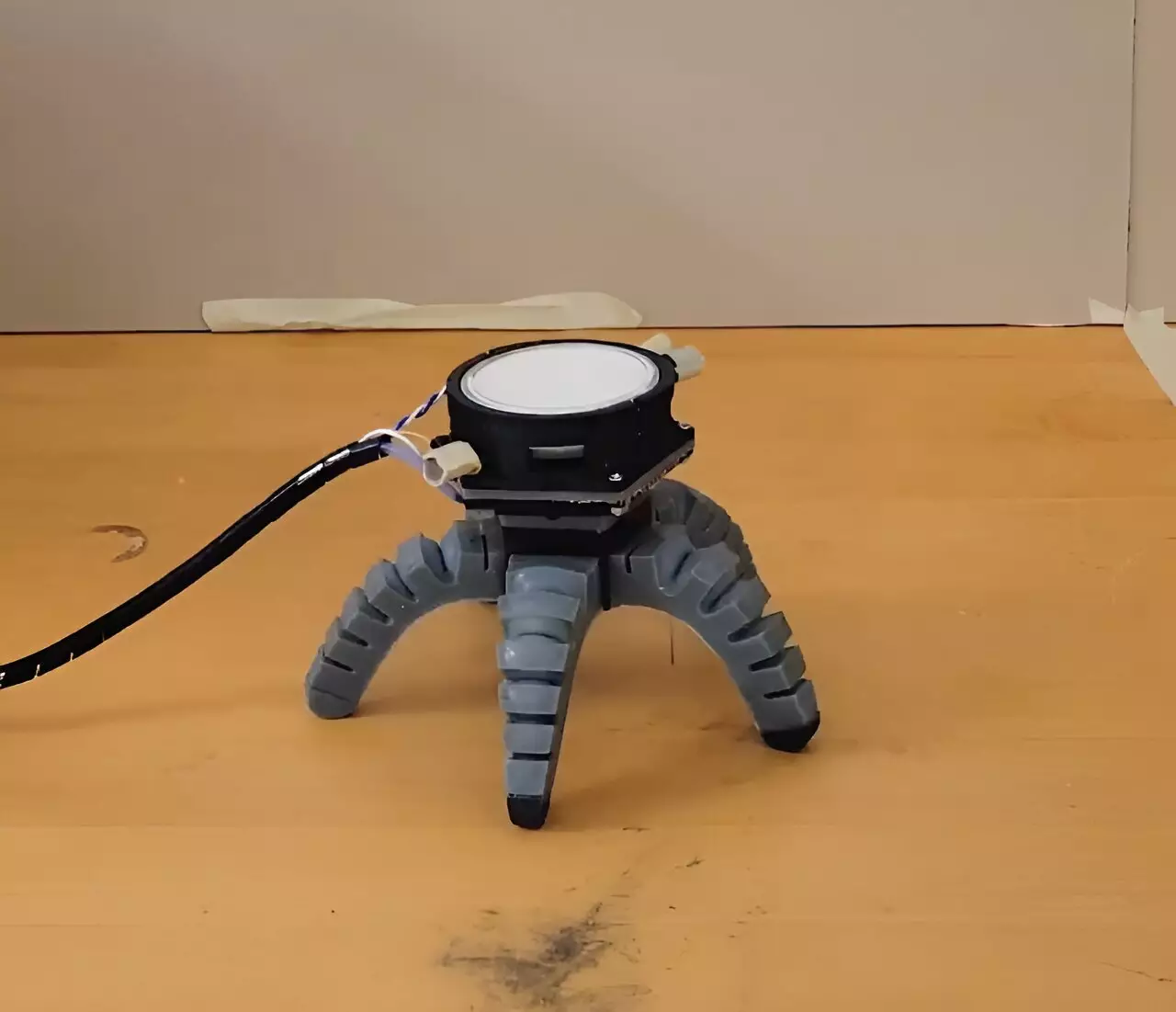In an intriguing nexus of biology and engineering, researchers at Cornell University are pioneering the use of fungal mycelia in the development of innovative robotic systems. This groundbreaking approach diverges significantly from traditional robotics, aiming to create “biohybrid” machines that are not only more adaptable to their surroundings but also capable of real-time environmental interaction. By leveraging the natural electrical signals generated by mycelia—the underground networks of fungi—scientists have opened the door to a new era of robotics that can operate in an unpredictable world, showcasing the potential of incorporating living organisms into mechanical systems.
The announcement of this research, articulated in the paper “Sensorimotor Control of Robots Mediated by Electrophysiological Measurements of Fungal Mycelia,” highlights a transformative utilization of natural resources. Led by Anand Mishra, a research associate in Cornell’s Organic Robotics Lab, the project signifies a shift in how we perceive and utilize biological materials for technological applications. Rather than relying solely on artificial sensors or synthetic materials, the researchers sought inspiration from the forest floor, where mycelia thrive in complex ecosystems.
Mishra notes that incorporating living entities like mycelium offers a wealth of advantages over standard synthetic systems. Unlike traditional sensors that perform narrowly defined tasks, mycelia have the inherent ability to sense a broader spectrum of environmental stimuli, including vibrations, light, and chemical signals. This intrinsic responsiveness enables the biohybrid robots to adapt and react in real time, enhancing their utility in various applications—from precision agriculture to environmental monitoring.
Developing these biohybrid systems necessitated a confluence of multiple fields, showcasing the power of interdisciplinary collaboration. Mishra’s team drew upon expertise in mechanical engineering, electronics, mycology, and even neurobiology. Each discipline contributed a critical component to the integration of mycelia into robotic systems.
For example, Bruce Johnson, a senior research associate in neurobiology, provided insights into capturing the electrical signals inherent in mycelia. Kathie Hodge from plant pathology educated Mishra on the complexities of cultivating pure mycelia cultures, a task complicated by contamination risks. These collaborations highlight the multifaceted challenges researchers face in marrying living systems with mechanical devices, as well as the expertise required to tackle these hurdles.
In the course of their experiments, the Cornell team developed two distinct biohybrid robots—one resembling a soft-bodied spider and the other a wheeled robot. These machines underwent a series of rigorous tests designed to evaluate their responsiveness to the electrical signals generated by mycelia in real time. The results were compelling: the robots were able to respond to continuous mycelial spikes in their signals, demonstrating a form of reactive locomotion.
In an experimental twist, the researchers introduced ultraviolet light stimuli, prompting the robots to alter their gait patterns. This adaptability marked a significant leap from conventional robots, which typically operate within the confines of pre-programmed responses. The team also explored the possibility of overriding mycelia-generated signals, effectively merging biological intelligence with robotic capabilities—a feat that expands the boundaries of what a robot can accomplish.
The implications of this research resonate beyond the immediate applications in robotics. It raises profound questions about the relationship between humans, technology, and living systems. Mishra suggests that the potential to monitor and respond to mycelial signals can foster a deeper understanding of ecological stressors, allowing robots to translate invisible biological signals into meaningful visualizations.
For instance, future iterations of these robots could be instrumental in farming contexts, where they could monitor soil chemistry and user-controlled interventions for fertilizer application. Such advancements could significantly reduce the environmental footprint of agriculture, addressing critical issues like nutrient runoff and harmful algal blooms.
As Cornell researchers continue their work in developing biohybrid robotic systems, the notion of integrating living materials into machines challenges established paradigms. This innovative approach not only enhances robotic functionality but also emphasizes the potential for collaborative coexistence between technology and nature. By listening to and interpreting the signals of living systems, the researchers are embarking on a journey that could redefine our interactions with the world around us, heralding a future where robots and ecosystems engage in a sophisticated dialogue. Such advancements promise to reshape not only how we build machines but also how we understand and interact with the biological world.


Leave a Reply
You must be logged in to post a comment.